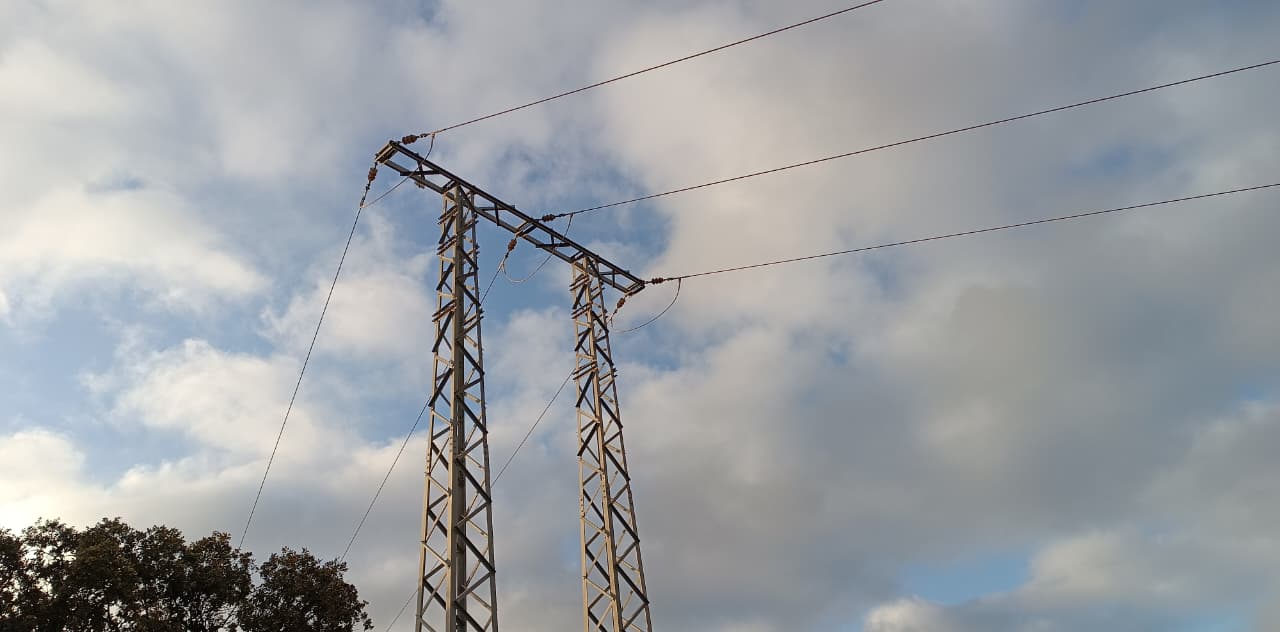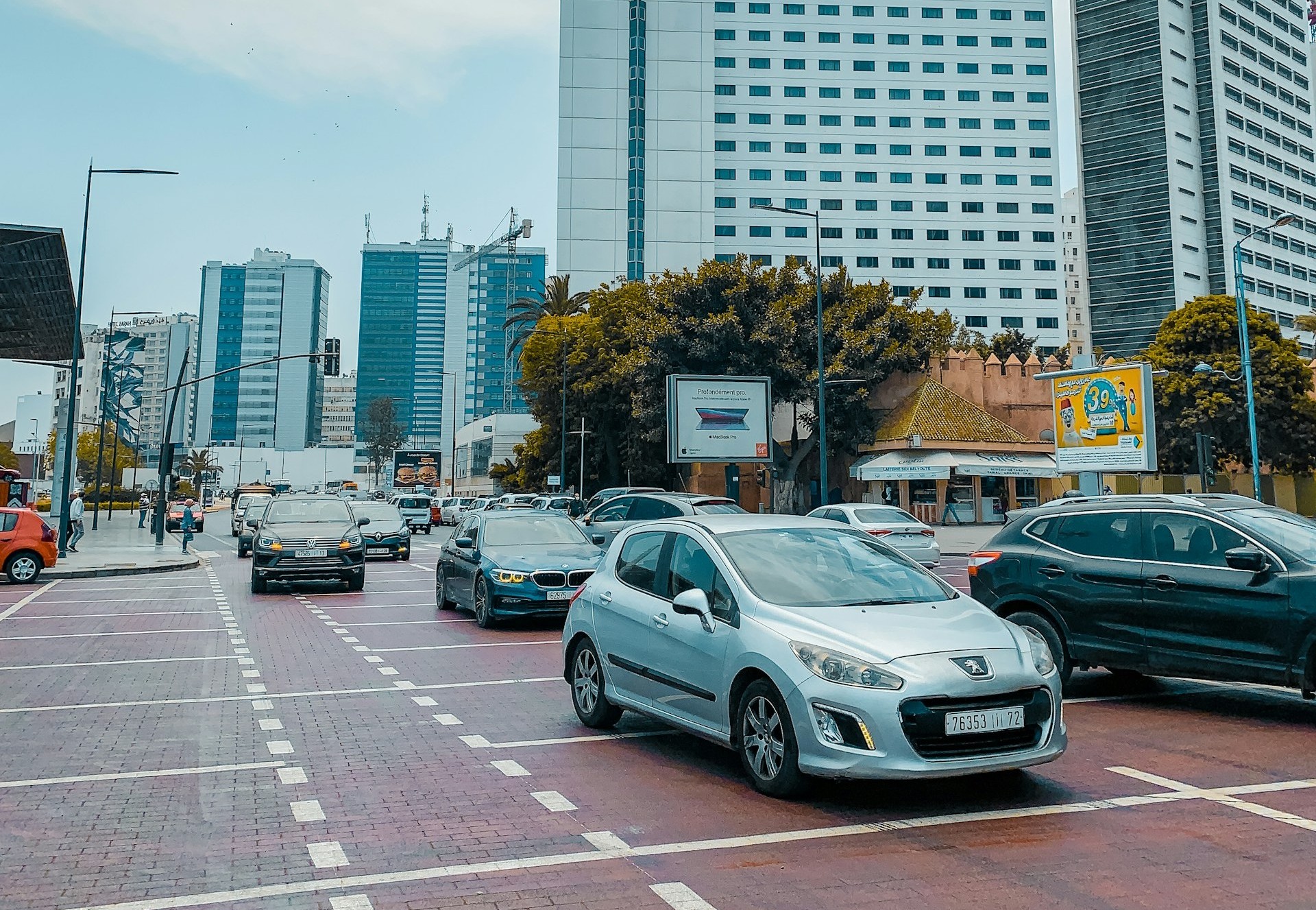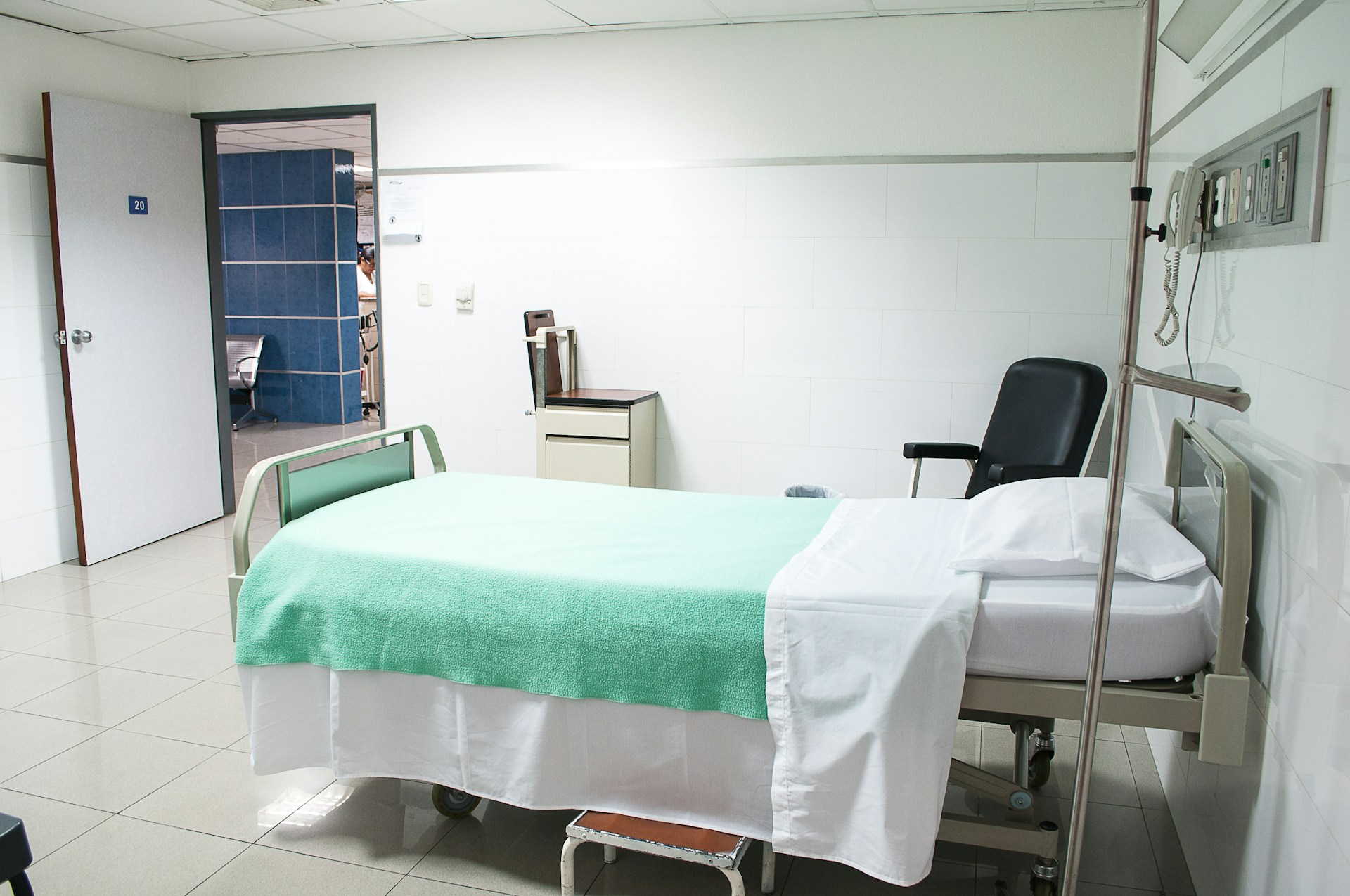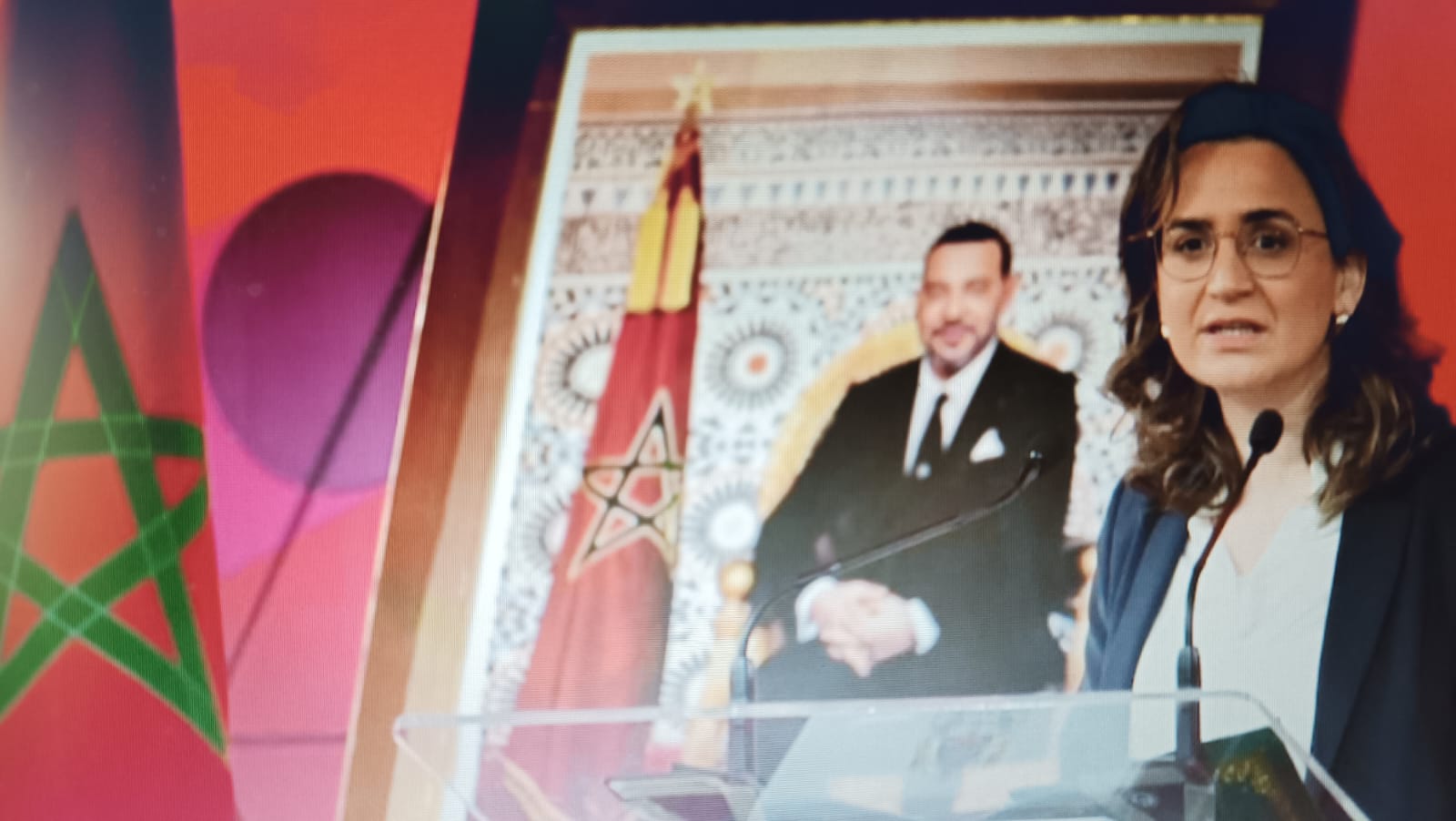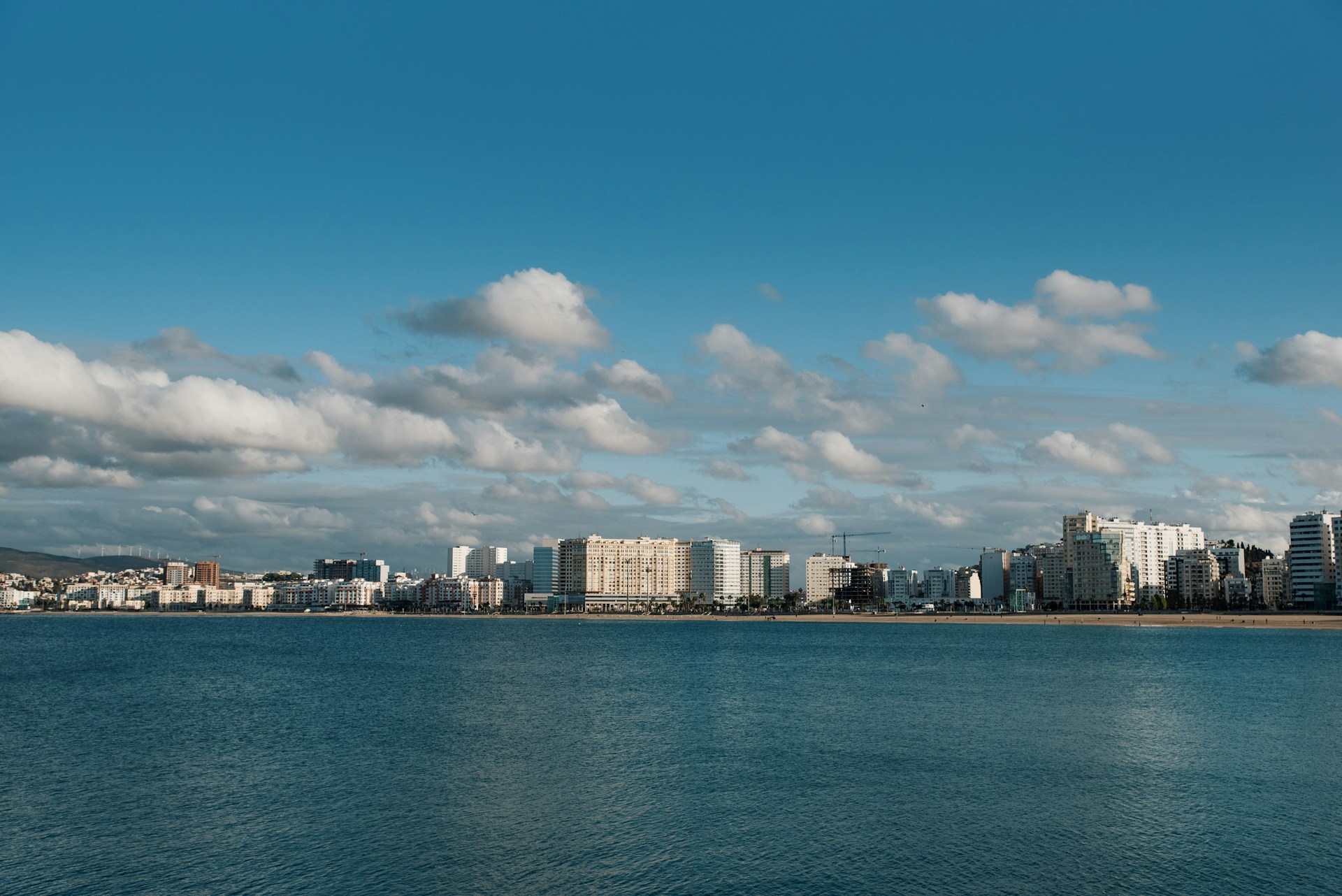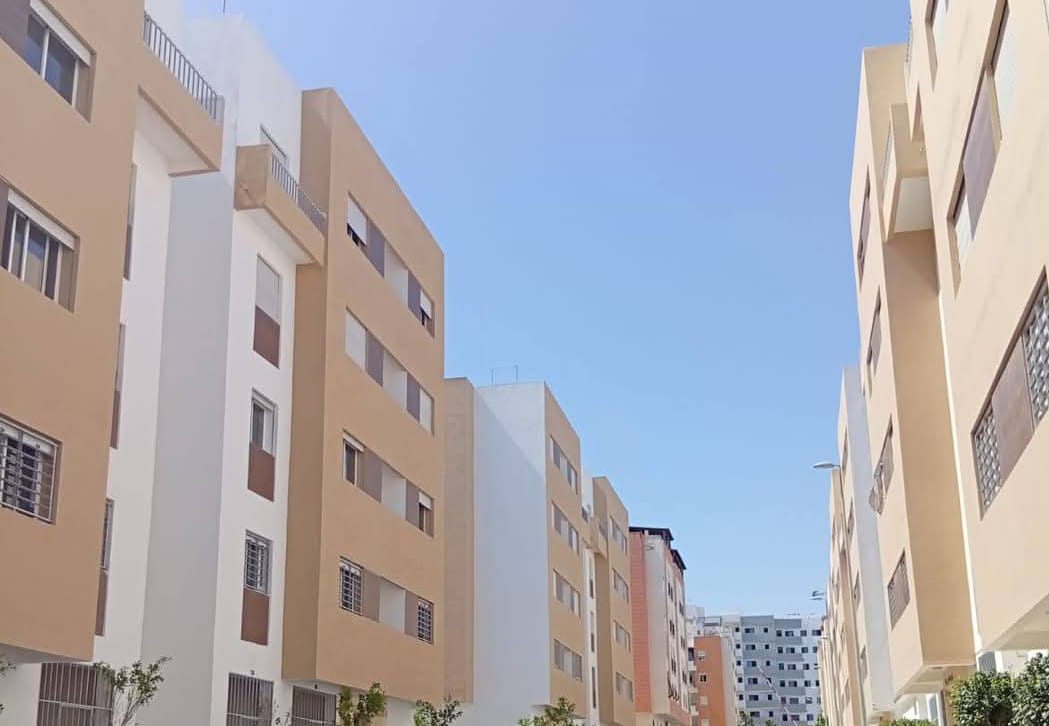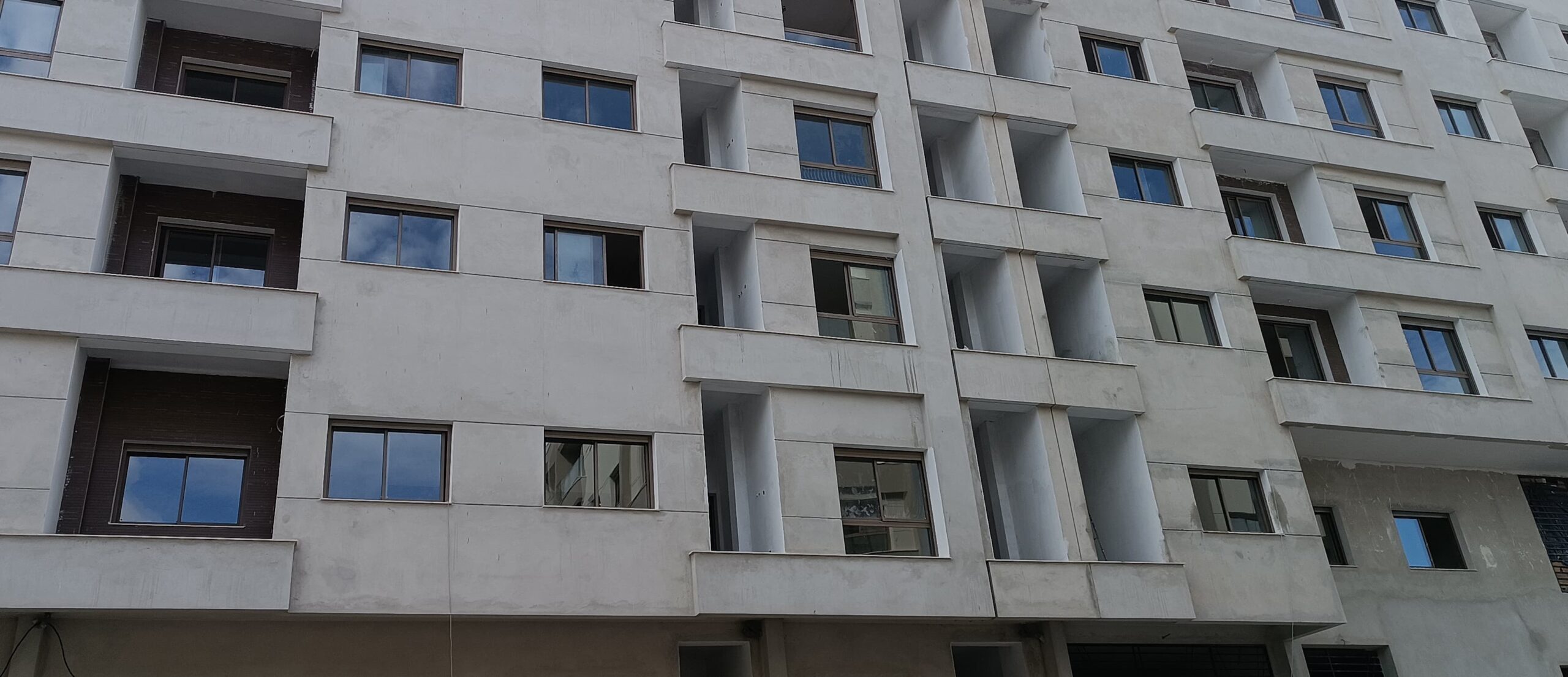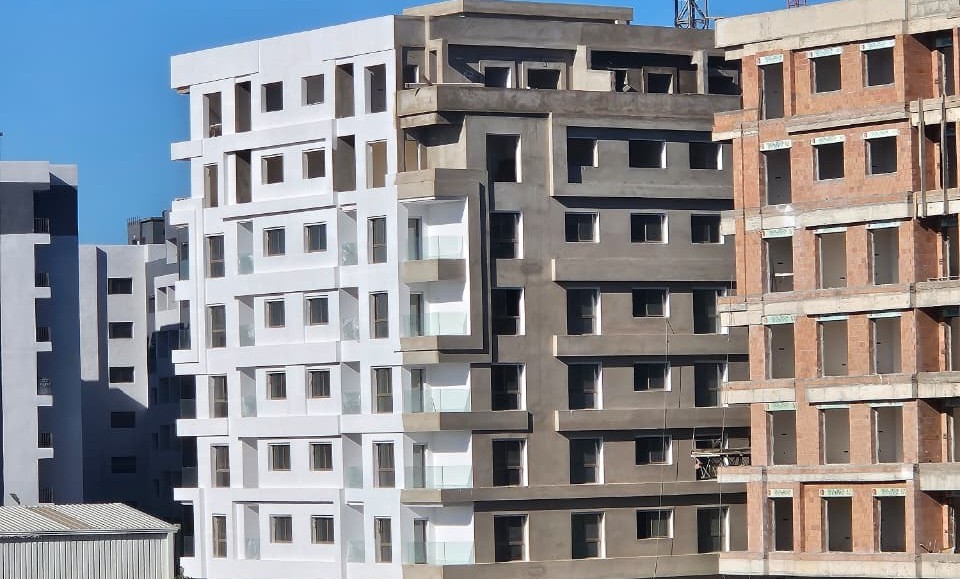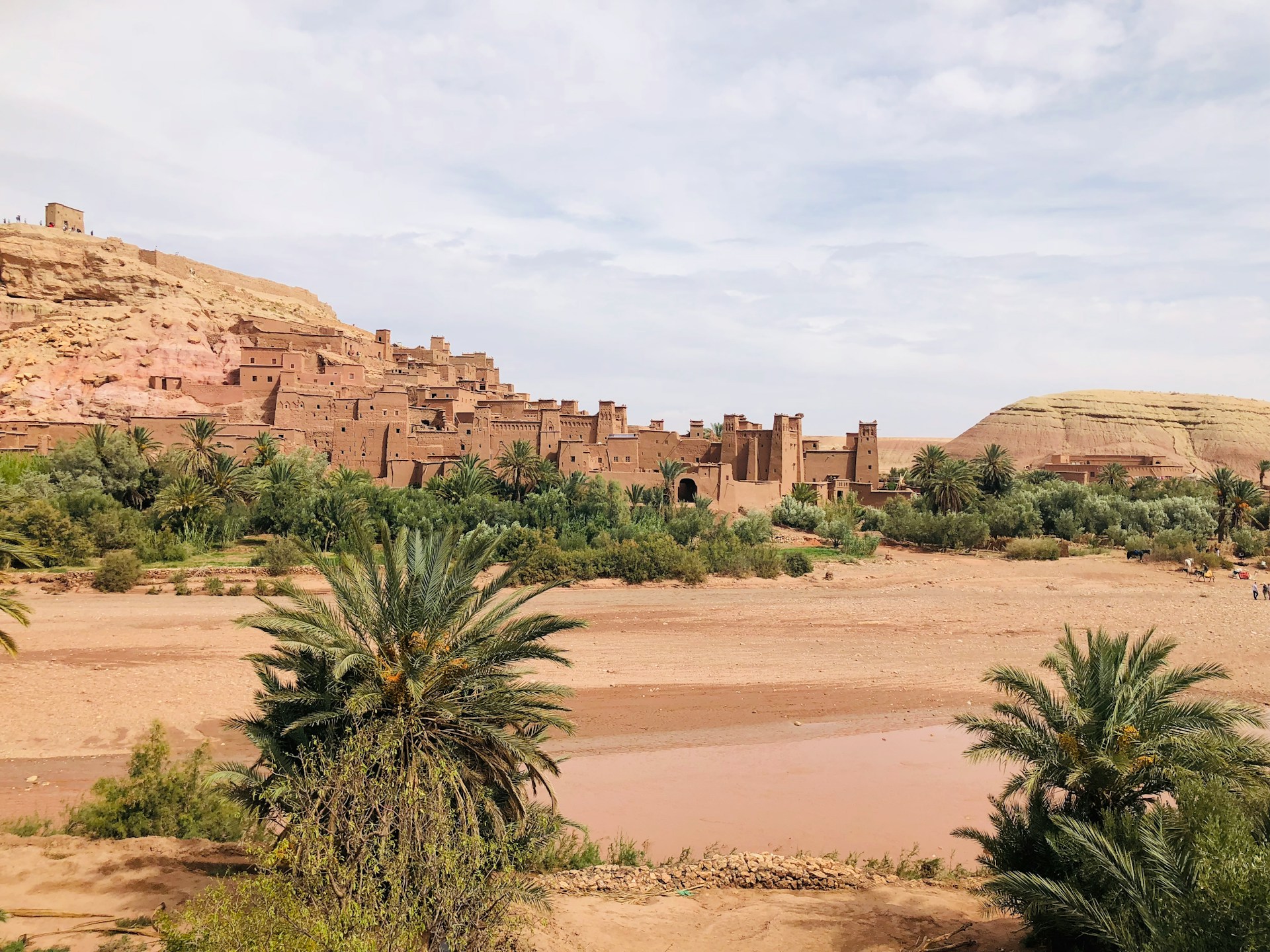Casablanca – The Moroccan government’s new direct housing support program is showing early signs of success, with nearly 48,000 citizens already benefiting from financial aid since the initiative’s launch in January 2024. Designed to support both low-income and middle-class families, the program marks a significant shift in Morocco’s housing policy by replacing tax incentives to real estate developers with direct subsidies to homebuyers.
According to recent statements by Fatima-Zahra Mansouri, Minister of National Territory Planning, Urbanism, Housing, and City Policy, the program has received 128,528 applications to date. Of those, approximately 48,000 have been approved, with 22% of the applications submitted by Moroccans living abroad. This diaspora participation underscores the transnational appeal and accessibility of the initiative.
The housing support program provides two tiers of financial aid: $7,000 for properties priced above approximately $30,000, and $10,000 for more affordable units priced below that threshold. So far, 54% of beneficiaries have received the lower-tier $7,000 grant, while 46% received the higher $10,000 subsidy. The total cost of subsidies distributed by the government so far amounts to roughly $393 million.
A shift in strategy
Speaking before the House of Councillors, Secretary of State in charge of Housing, Adib Benbrahim, emphasized that the new program is a strategic departure from previous housing support models that prioritized incentives for property developers. “The old system did not achieve effective social integration,” Benbrahim said, adding that the current approach gives citizens more freedom to choose housing that meets their needs.
The eligibility criteria have also been simplified. Applicants must not already own a primary residence and must commit to living in the subsidized property for at least five years. To facilitate access, the government has launched a digital platform allowing citizens to apply using only their national ID cards, with eligibility confirmed within seven days.
Widespread economic impact
Beyond helping individual families, the program is also fueling broader economic momentum. Government data shows that cement sales rose by 11.64% in February 2025 compared to the same period in 2024, a key indicator of increased construction activity. Real estate loans have also seen a 2% uptick, while loans to developers rose by 6.62%. Most notably, more than 80% of housing projects now involve small and medium-sized enterprises (SMEs), illustrating how the program is helping democratize access to the housing market.
Mansouri noted that over 95,000 housing units have been mobilized under the program so far—exceeding the original 2024 target of 75,000 units. This strong performance has reinforced the government’s confidence in the program’s scalability and effectiveness.
Geographic and demographic reach
The regional distribution of applicants provides insight into the country’s most pressing housing needs. The Casablanca-Settat region accounted for 35% of applications, followed by Fès-Meknès (31%) and Rabat-Salé-Kénitra (12%). These figures reflect both population density and the historic shortfall in affordable housing options in urban areas.
Interestingly, 64% of beneficiaries belong to the middle class, while 34% are from lower-income groups. This balance highlights the program’s dual aim: to support those in need while also addressing the housing challenges of Morocco’s growing middle-income population.
Clarifying policy boundaries
In recent weeks, government officials have sought to clarify the distinction between the direct housing support program and Morocco’s longstanding “Cities Without Slums” initiative. While the latter focuses on relocating residents from informal settlements, the new program targets broader socioeconomic groups and allows beneficiaries to purchase a wide range of housing types—including individual homes and apartments.
One of the key innovations of the program is the removal of a previous requirement that developers build at least 500 units to qualify for government partnership. This change has opened the door for SMEs, especially in smaller cities and towns, to participate actively in the housing sector.
Looking ahead
During her address to the House of Representatives, Mansouri reaffirmed the government’s commitment to refining and expanding the program. She emphasized that the initiative aligns with the royal vision of strengthening Morocco’s social foundations and improving citizens’ quality of life.
“The program is not just about housing,” she said. “It’s about economic inclusion, dignity, and giving families the chance to own their future.”
With continued demand and clear evidence of economic impact, Morocco’s direct housing aid program may well become a cornerstone of its broader social development agenda.

